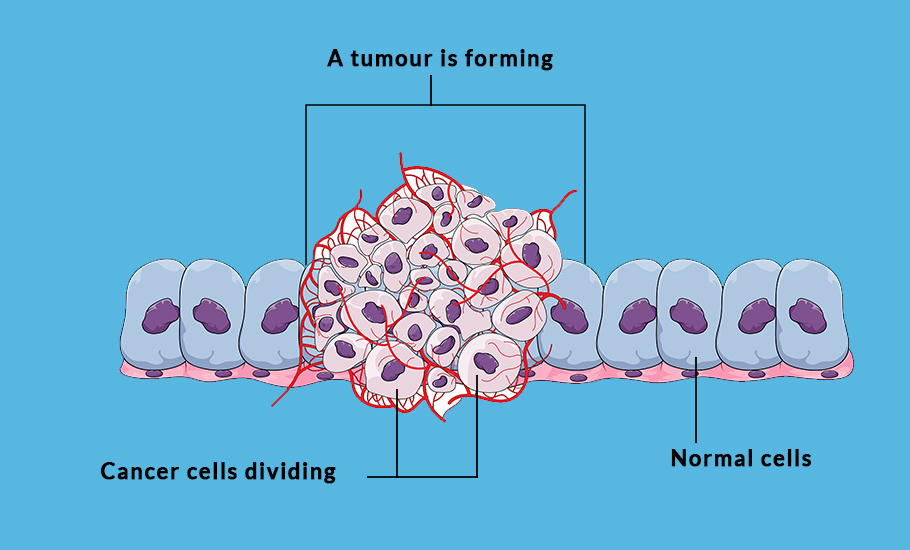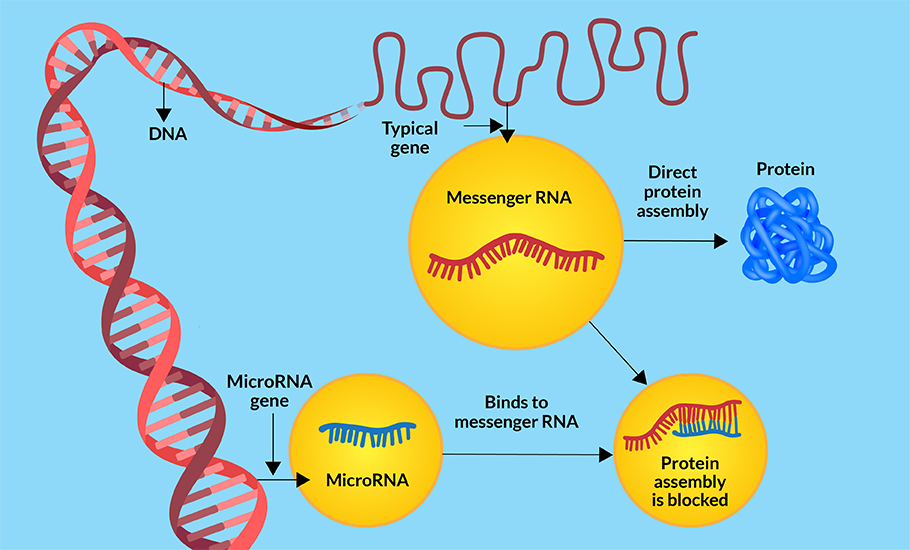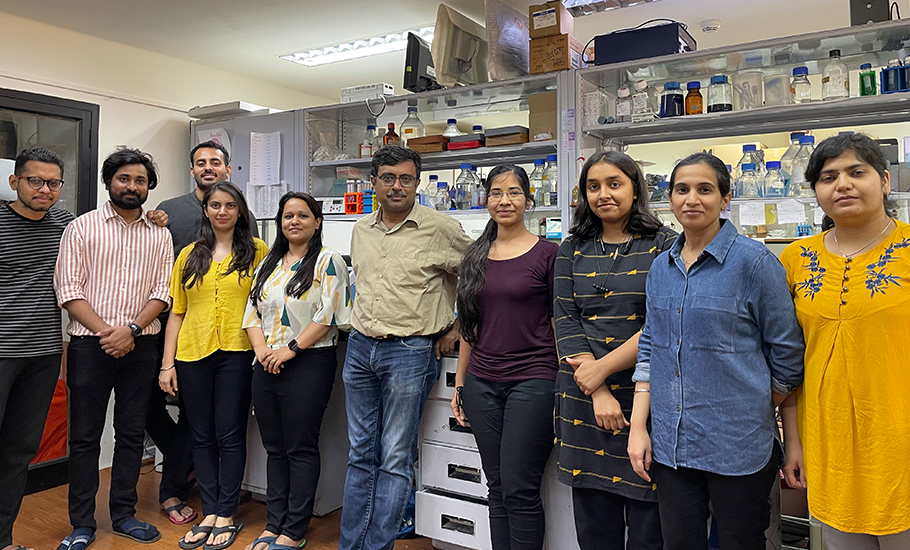
- Home
- India
- World
- Premium
- THE FEDERAL SPECIAL
- Analysis
- States
- Perspective
- Videos
- Sports
- Education
- Entertainment
- Elections
- Features
- Health
- Business
- Series
- In memoriam: Sheikh Mujibur Rahman
- Bishnoi's Men
- NEET TANGLE
- Economy Series
- Earth Day
- Kashmir’s Frozen Turbulence
- India@75
- The legend of Ramjanmabhoomi
- Liberalisation@30
- How to tame a dragon
- Celebrating biodiversity
- Farm Matters
- 50 days of solitude
- Bringing Migrants Home
- Budget 2020
- Jharkhand Votes
- The Federal Investigates
- The Federal Impact
- Vanishing Sand
- Gandhi @ 150
- Andhra Today
- Field report
- Operation Gulmarg
- Pandemic @1 Mn in India
- The Federal Year-End
- The Zero Year
- Science
- Brand studio
- Newsletter
- Elections 2024
- Events
- Home
- IndiaIndia
- World
- Analysis
- StatesStates
- PerspectivePerspective
- VideosVideos
- Sports
- Education
- Entertainment
- ElectionsElections
- Features
- Health
- BusinessBusiness
- Premium
- Loading...
Premium - Events

Indian scientists find a way to detect hard-to-diagnose colon cancer

Coming events cast their shadows before, so says Thomas Campbell’s poem, Lochiel’s Warning. A team led by Sagar Sengupta and Swati Priya has identified six microRNAs, a biological substance whose elevated presence clearly suggests the onset of colon cancer — something which continues to cast a long dark shadow in the lives of many unsuspecting families. Detection of colon cancer...
Coming events cast their shadows before, so says Thomas Campbell’s poem, Lochiel’s Warning. A team led by Sagar Sengupta and Swati Priya has identified six microRNAs, a biological substance whose elevated presence clearly suggests the onset of colon cancer — something which continues to cast a long dark shadow in the lives of many unsuspecting families.
Detection of colon cancer is notoriously difficult. Undaunted researchers are looking towards biomarkers to detect colon cancer at an early stage. When a woman becomes pregnant, her placenta releases the Human chorionic gonadotropin (hCG) hormone, found both in blood and urine. By detecting the hCG levels in the urine, one can detect pregnancy. This is an example of a biomarker.
The set of six microRNAs identified by Dr Sengupta and his colleagues helps colon cancer detection at an early stage. “These microRNAs are detectable even at stage 1 of colon cancer, thus permitting us to identify the onset of cancer early and start early treatment,” says Dr Sagar Sengupta, Signal Transduction Laboratory, National Institute of Immunology, New Delhi.
Colon cancer
The large intestine, which includes the colon, rectum and anus, is where food waste is formed into poop, stored and finally excreted. The intestine lining suffers from heavy wear and tear as it breaks down the food, absorbs nutrients, and eliminates waste. Hence the epithelium, the cells lining the intestine, is highly regenerative. The cells in this lining are replaced every five to seven days.
New cells replacing the old ones are made by cell division. During the cell division, the DNA of the parent cell is duplicated, and two new copies of the genome are created, one each for the two daughter cells. Copying always carries the risk of errors. Suppose the error occurs in that part of the genome that regulates the proliferation. In that case, unchecked cell growth will lead to a tumour. More the number of cell divisions, the more the chance of errors. With a very high cell production rate, the colon is one of the high potential cancers.
With a high replacement rate, it is no surprise that colon cancer is one of the most common of cancers. Also known as colorectal cancer (CRC), it results in worldwide death of about 9 lakh per year and is the third most common malignancy. In the coming years, one study estimates that one in 298 people in India will have the propensity to develop colon cancer during their lifetime.
Consumption of a calorie-rich and low-fibre diet, often eating processed food and decreased physical activity are blamed for the increasing incidence of colon cancer in India.
Not easy to detect
When we see a hoof print, the horse comes to our mind, and rarely a zebra. The early symptoms like irritable bowel, constipation, abdominal pain or weight loss are common. We suffer irritable bowel or constipation every other day. These symptoms are often linked to self-limiting illness that goes off on its own. Hence, the patients often delay seeking help, and even practitioners defer referring the patients to specialists. Colon cancer symptoms become more noticeable in stages 3 and 4, but sadly, the time is up by then.
Catching colon cancer at its early stages significantly improves the chance of survival. Alas, lacking no specific symptoms that one can link with the onset of colon cancer, colorectal cancer is hard to detect. An invasive colonoscopy indeed can detect cancer at an early stage. Computed tomography (CT) colonography is an alternative. However, such diagnostic resources are usually scarce.
When cells go berserk
Cancer is like a car speeding down along a winding hilly road with its brake lines snipped.
Each cell in our body is like a five-star restaurant preparing and serving hundreds of various dishes called proteins. Encountering a pathogen, specialised white blood cells called B lymphocytes (or B cells) commence preparing a unique protein called antibodies. The instructions or recipes for making the lakhs of proteins our body needs to function are encoded into DNA.


Proteins are essentially a chain of amino acids. Like beads of different colours in a flashy necklace, various types of amino acids are joined to make a specific protein. The instructions for entering the amino acids one by one, in specific order, are encoded in DNA. To turn these instructions into protein, firstly, the part encoding the recipe, the gene, is transcribed into a messenger RNA molecule. Genes in the DNA are transcribed into messenger RNA inside the cell nucleus. Then the messenger RNA leaves the nucleus and arrives at the cytoplasm. The ribosomes, protein-making factory, a cell organelle reads the genetic instruction transcribed in the messenger RNA and translates it into proteins such as enzymes, antibodies, hormonal proteins, etc.
In a cancer cell, the protein production goes haywire. The proteins that make the cells multiply are switched on. But the proteins that must inhibit uncontrolled proliferation, proteins that weed out the abnormal cells, and proteins that trigger the death of old cells are hardly produced. Usually, this happens as a result of faulty or damaged DNA. The cells become manic and multiply unchecked, resulting in tumorous growth.
Creator and destroyer
At dusk, the janitor in an apartment building turns on the staircase lights. As the night falls, he locks the main gate and keeps watch. As the janitor, the transcription factors help turn specific genes ‘on’ or ‘off’, thereby enhancing or silencing particular genes in that cell. CDX2 transcription factor gene is active during the development of the colon and rectum in the foetus. Once the organ is fully formed, the transcription factor is inhibited. The genes that develop the colon and rectum are silenced.
“This CDX2 gene regulates the growth of the colon and rectum. Therefore, when the foetus is developing the body organs, this gene must be very active. However, when the baby is fully formed, and the colon cells mature, the gene must go slow,” Dr Swarkar Sharma, Human Genetics Research Group coordinator, School of Biotechnology, Shri Mata Vaishno Devi University, Katra, Jammu and Kashmir, explains.
A gene called HDAC1 in humans controls cell proliferation by inhibiting many genes which otherwise would go amok or hyperactive. This gene also induces the self-destruction of ill-formed and malfunctioning cells. Autocorrect in the computers enables us to check the spellings as we type. Likewise, the BRCA1, known as the caretaker gene, helps repair DNA and suppress the growth of the tumour. Together CDX2 and HDAC1/ BARC1 act like good cop, bad cop. One promotes cell proliferation; the other suppresses it. In a fully grown adult colon, the CXD2 transcription factor is typically less active as the HDAC1 and or BARC1 is more pronounced.
“In normal cells, the expression of CDX2 is low. So, the expression of the six microRNAs is also low. Genes such as HDAC1 suppress CDX2. In cancer cells, the repression by HDAC1 is lost. Hence CDX2 becomes active,” says Sengupta.
“If CDX2 aberrantly becomes active in a mature colon cell, then the cell may proliferate unchecked, resulting in a tumour,” says Dr Swarkar.
MicroRNAs
Multiple copies of the messenger RNAs slip out of the nucleus. They are stockpiled in the cytoplasm, ready for translation into proteins. Once the messenger RNA leaves the nucleus, regulatory genes such as CXD2 are powerless. It’s like hitting a send button.
However, sidekicks such as microRNAs aid regulation by modulating the messenger RNAs. Like a key to a lock, microRNAs can latch on to the messenger RNAs and stop them from making the proteins, or modify the nature of the proteins produced. Electricians, plumbers, cleaning staff, security guards and other maintenance support staff provide several services. Likewise, distinct microRNAs control and modulate a target messenger RNA. “If a specific microRNA is abundant in the cell, that particular target messenger RNA is inhibited. The messenger RNA will not be able to produce that specific protein,” says Dr Swarkar.

Transcription factors like CXD2 regulate the genes in the DNA inside the nucleus. On the other hand, microRNAs try to control the protein-producing messenger RNA levels in the cytoplasm.
There is a complex interplay between regulatory genes and various microRNAs.
When the cat’s away, the mice will play. Just like that, when the CDX2 is inactive, some microRNAs have their field day; and another set may be dormant. The idea is to identify a set of microRNAs that would be overexpressed when the CXD2 is active and are low when the CXD2 is inactive. Then these microRNAs become proxies for the active phase of CXD2.
If we find these microRNAs in the colon tissue sample, we can conclude that CXD2 is active in those cells. When the mature cells have active CXD2, then they become cancerous.
The search
Steadily falling barometer readings indicate an approaching storm. In the same way, some microRNAs that are upregulated with CXD2 can become a biomarker for colon cancer. “We searched for such microRNAs linked to CDX2,” says Sengupta.
It was more arduous than searching for a needle in a haystack. The human genome encodes approximately 2,600 mature microRNAs. For years, scientists have been collating a dossier on microRNAs associated with cancer. The profile of microRNAs is compiled into ‘The Cancer Genome Atlas’ (TCGA) database. The samples from cancer patients are analysed and fed into the TCGA database. Established in 2006 as a public source for the research community cutting across nations, the database hosts more than 2.5 petabytes of genomic, epigenomic, transcriptomic, and proteomic data on 33 cancer types. Researchers pour over the data to improve our ability to diagnose, treat and prevent cancer.
“The TCGA database had information on 1,323 microRNAs. From these, we teased out those microRNAs that are upregulated across all the four stages of colon cancer,” says Sengupta. “Of the 1,323 microRNAs in the database, we found 138 of them upregulated and 382 downregulated in the colon patients. However, only 62 were upregulated in all the four stages of colon cancer.”
From this list of microRNAs, researchers filtered out only those microRNAs that impede the genes involved in tumour suppression, such as BRCA1/HDAC1. “BRCA1 is one of the tumour suppressors. It helps maintain genome stability and is involved in DNA damage repair. A microRNA called miR-182, for example, is well known to downregulate BRCA1, impacting DNA repair. We searched for other microRNAs that impeded the genes such as BRCA1 and HDAC1,” says Sengupta. They found 10 out of the 62 were associated with regulating genes related to cell growth and controlled cell death.

“The DNA damage is enhanced in cancerous cells. Therefore, we named these microRNAs as `DNA damage sensitive micro RNA’s or ‘DDSMs’. From the 10, we randomly chose six — miR-29a-5p, miR-29b-3p, miR-96-5p, miR-182-5p, miR-183-5p and miR-335-3p for further studies,” says Sengupta.
Six musketeers
TGCA database showed that all these six microRNAs were upregulated in all four stages of colon cancer patients. The researchers collected samples from colon cancer patients admitted to the All India Institute of Medical Sciences (AIIMS), New Delhi, for treatment. “We collected tissue samples from 54 patients. They were in various stages of colon cancer progression. First, we took samples from cancerous tissue. To compare, we also took the sample from adjacent normal tissue. These six DDSMs were upregulated in the cancerous tissue irrespective of the cancer stage,” says Sengupta.
Moreover, the transcript levels of BRCA1 were decreased in colon cancer patient’s tissue samples compared to respective normal samples.
In short, when the six DDSMs were elevated in the tissues, the transcription factor that promoted cell proliferation, CDX2, was active. On the other hand, the gene that kept check on the cell multiplication, BARC1, was low.
To confirm their findings, the researchers performed experiments on laboratory mice. Introducing in the mice cancerous cells in which the overexpressed DDSM microRNAs, resulting in genomic instability, had a greater tendency to form cancer. Further the cancer was also seen spreading to distant parts. The opposite was observed when these microRNAs were inhibited – the tumour size shrunk dramatically in the tested mice.
Computer simulation
But all these could simply be a coincidence. If one collects the data on ice-cream and air conditioners sales, most likely that when sales of ice cream are low, so are air conditioners. Further, when the ice-cream sales pick up, the market for air conditioners is often on the upswing. From this, one will not be able to conclude ice-cream sales are driving the demand for air conditioners. The weather is the hidden hand causing the fluctuation — the hotter it is, the more ice-cream and more air conditioners sell.
“We wanted to ascertain how DDSMs were regulated and which transcription factors influenced them. To determine this, we used the innovative in-silico approach,” says Sengupta.
In biology and other experimental sciences, in vivo means experiments on the whole organism, such as laboratory mice or human clinical trials. Further, in vitro means tests done in a petri-dish, such as investigating culturing cells from biopsy to find if the tumour is benign or malignant. In-silico simply means using powerful computer simulations.
The genomic makeup of the six DDSM microRNAs was analysed in the computer simulation. It was found that only one transcription factor, CDX2, was common among all six of them. “From this, we hypothesised that CDX2, which is known to be highly expressed in the colon may control the expression of these six DDSMs,” says Sengupta.
“If a set of microRNAs are high when the CDX2 is highly active, it means one of the two — either the CDX2 has a role in generating those microRNAs, or the microRNAs check the other genes that inhibit CDX2 expression,” says Dr Swarkar. Whatever the relationship, the presence of this specific set of microRNAs implies the active state of CDX2.
Diagnostic kit
The idea is to identify a set of microRNAs that would be overexpressed when the CXD2 is active and dormant when the CXD2 is inactive. Then these microRNAs become proxies for the active phase of CXD2. If we find these microRNAs in the colon biopsy sample, we can conclude that CXD2 is active in those cells. Which in turn implies potential colon cancer.
We have the biomarkers for detecting the deadly colon cancer and nipping it at the bud. However, the development of diagnostic kits remains to be achieved. “The industry has to take it up. We are trying to get industry partners interested,” says Sengupta.
